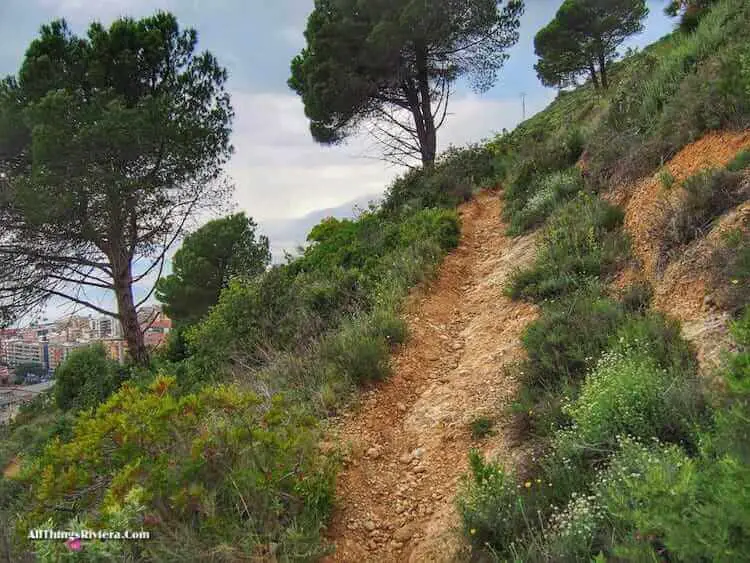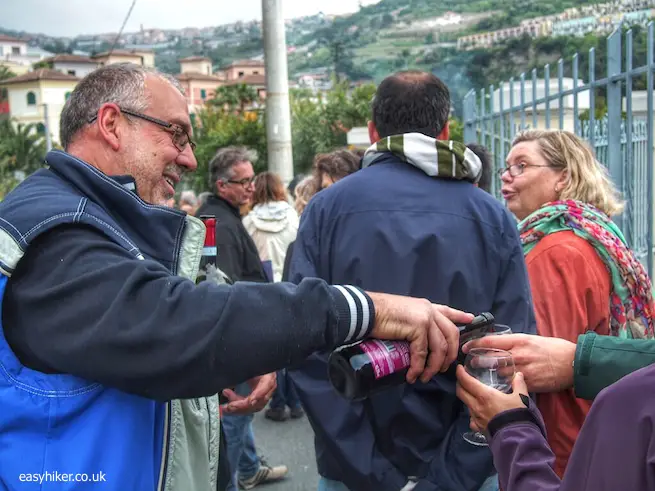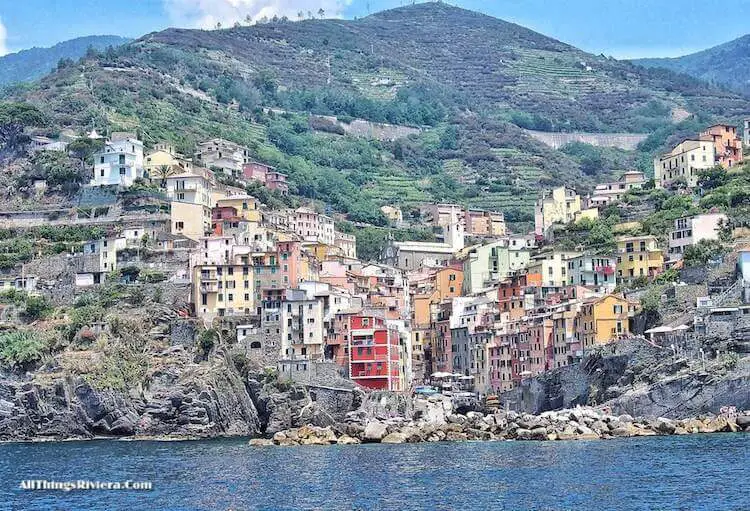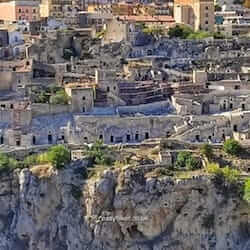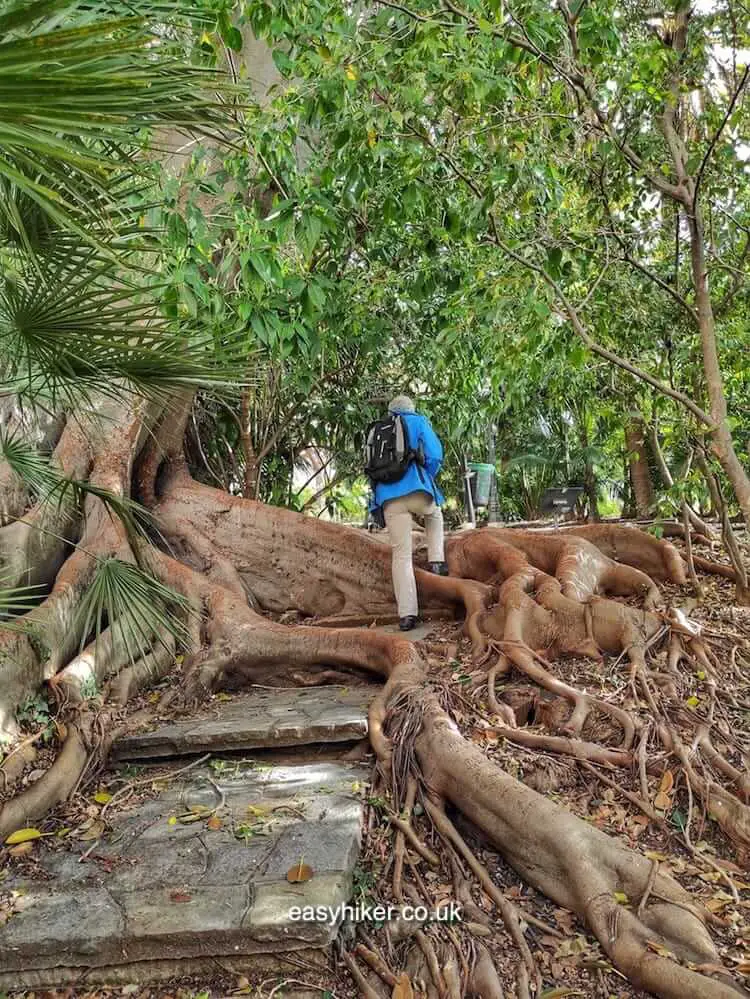Milan, in many ways, is the odd one out among major Italian cities. It has no Centro Storico, that characteristic warren of buildings from different periods.
But there is one particular element that is missing from the cityscape: Milan has no major natural body of water, neither a mighty river (such as Rome, Florence, Turin) nor the sea (Venice, Naples, Genoa).
In general, the Milanesi do not appear to crave the sight of water too much (their city has, after all, much else to offer). But there was one distinct period in the city’s history when the people from Milan were ready to spend a great deal of time and money on the creation of waterways across town.
From the 12th century onward, an ambitious church building programme to create one of Christendom’s most splendid hubs required a lot of building materials, and all those stones – not least the pink-streaked marble of the magnificent Duomo – had to be transported into town somehow.
Which is one of the key reasons why Milan, throughout the Middle Ages, was building and extending a waterway network of such density and splendour that the French writer Stendhal would later claim it was more beautiful than the canals of Venice.

All right: Stendhal may have gone a little overboard here – the “art attack” experienced by some people in the face of great artistic beauty has not been named after him for nothing – but in fairness to the great novelist and travel writer, what is left today of Milan’s navigli is only a tiny fraction of what was for centuries a much more comprehensive system.
Until the late 1900s, a large number of canals were radiating from all directions towards Milan and the Cercia Interna, the inner ring of water from where smaller canals were crisscrossing the city centre like spikes inside a wheel.
All of these town centre waterways – including the Inner Ring – have since been buried in concrete, and the only visible canals left in Milan are the Naviglio Grande and the Naviglio Pavese southwest of the city centre.
As railways and roads were developed to provide the spine for Milan’s transport system, the canal network was gradually abandoned, and the last barge was unloaded in 1979.
Recently, however, Milan’s Navigli quarter has experienced something like a renaissance.

When Milan was picked as the host city of the 2015 World Expo, the city fathers decided to convert the abandoned transshipment facilities of the Darsena harbour into one of the exposition’s showpieces. For decades one of the city’s most troubled areas, the place where the two last surviving inner city canals meet became a much sought-after place for events, eating out or lazy lakeside strolls.
On a mid-winter day, it may look a little bleak …

… but even in a cold January haze, one can easily imagine how this place will look and feel in the spring or in the summer, filled with life, buskers and flaneurs on a balmy evening.
Take A Walk Along the Canals of Milan
To start your exploration of the area, we suggest you take a subway train (the Milanese metro) to Porta Genova station.
A walk along the Canals of Milan starts down Via Casale to join the old towpath of the Naviglio Grande, the livelier of the two municipal canals.
Every last Sunday of the month, they stage a large antiques market here, but even on the days in between, you will not lack opportunities for finding something interesting to buy.

Or for finding somewhere to eat and drink.
Perhaps you fancy a stop at the “smallest bar in the world” – although this is little more than a sales stunt now that the original hole-in-the-wall bar has been extended by a larger counter next door and some outside tables. (You find the place on no. 43, Ripa di Porta Ticinese, on the opposite side of the Naviglio from the ancient towpath.)

Whatever else you want to see in the quarter, you should not miss the Vicolo dei Lavandai, …

… a small side-arm of the Naviglio Grande where professional washer women (the lavandai) once plied their trade.
This, the quarter’s most atmospheric bit, is relatively close to the metro station, so you may want to direct your steps there first, starting your walk by turning left out of Via Casale into the Via Alzaia (the ancient towpath), proceeding toward the Darsena and then returning to follow the course of the Naviglio Grande on the other side, the Ripa di Porta Ticinese.

At some stage, you should turn left towards the Naviglio Pavese …

… for a look at the calmer face of the Navigli quarter.
Bear in mind that the further you walk along the Naviglio Grande, the longer it will take you to reach its sister canal, because the two do not run parallel but rather like the two blades of an open pair of scissors.
If you read some of the literature on the “Navigli Renaissance”, you may expect to find a “colourful mix of artisanal workshops, second-hand fashion boutiques and small traditional trattorias”.
Maybe we took the wrong turn, but we only saw streets of cookie-cutter and fairly drab residential buildings.
Although that thing about the drabness was clearly not true for all of the buildings.

Parts of the quarter have quite clearly attracted the attention of urban artists. The bridges across the Naviglio Grande in particular are a veritable waterside art gallery with examples for nearly every modern style, from the cartoonish-surreal …

… to the geometric and constructivist.

But this is one thing you must bear in mind when visiting the Navigli quarter in Milan: it is as much a historical quarter as it is a work in progress.
Ten years ago, it was entirely different from what it is now, and another ten years from now, it may be little more than the gateway to a huge riverside garden in the city centre.
That, at least, is the plan: to re-open the Inner Ring (at a cost of nearly € 1 billion) for the creation of a green waterfront space with places to walk, to run and to cycle.
Who knows: Stendhal’s vision of Milan as a new and better Venice may still come true.

The Naviglio Grande and the Naviglio Pavese, the canals of Milan, are not the only survivors of Milan’s once magnificent system of artificial waterways. There is one canal of similar vintage which still leads through the outskirts of the metropolis into the Lombardian countryside.
To experience the Naviglio della Martesana, we must therefore venture a little further out – which is what we shall be doing next week.


